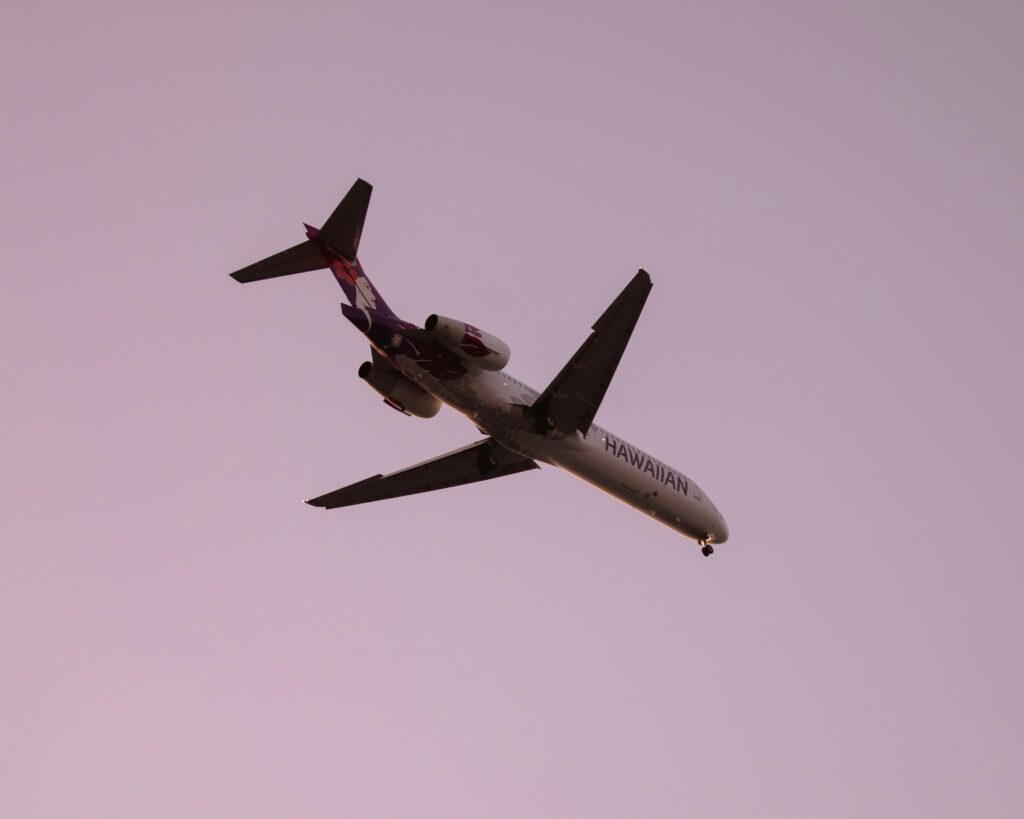Severe Turbulence on Hawaiian Airlines Flight Blamed on Pilot Error

A Hawaiian Airlines flight in 2022 ended in chaos when sudden turbulence caused a “hard jolt” and a terrifying “free fall” sensation, injuring dozens of passengers. A recently released National Transportation Safety Board (NTSB) report faults the flight crew for their decision to fly over a developing storm instead of steering around it, despite having meteorological data warning of unstable atmospheric conditions.
Turbulence Turns Routine Flight Chaotic
The incident occurred on Hawaiian Airlines Flight 35, an Airbus 330-299 traveling from Phoenix to Honolulu, with 283 passengers on board. As the aircraft neared Kahului, Hawaii, the pilots noticed a fast-developing storm, described as a “plume” rising vertically in their path.
Despite identifying the potential danger, the crew chose to fly over the storm. Within seconds, severe turbulence struck the plane, sending unrestrained passengers and flight attendants hurtling into the ceiling and back onto the floor. Phones, jackets, and water bottles floated through the cabin as the plane experienced vertical accelerations twice the force of gravity.
Passengers described being thrown violently from their seats, including one woman who was thrown face-first into the ceiling of a lavatory before hitting the floor. She had to crawl back to her seat after the ordeal.
Extent of Injuries
A total of 36 people were injured, including 20 who required hospitalization. Among the injured were flight attendants and a 14-month-old child. The injuries ranged from serious head trauma to bruising, lacerations, and loss of consciousness.
Emergency responders at Honolulu airport treated patients upon landing, while flight attendants and trained passengers provided first aid during the flight.
Storm Misjudgment
The turbulence was linked to a Kona storm system, which typically brings heavy rain and strong winds to Hawaii. Before departure, the captain had been informed of potential turbulence and unstable flying conditions over the islands. However, the pilots failed to adjust their route despite this information.
A cockpit voice recorder captured the pilots acknowledging after the incident that they should have avoided the storm.
The NTSB’s report concluded that the probable cause was “the flight crew’s decision to fly over an observed storm cell instead of deviating around it.” The report also noted that the captain, who had over 12,000 flight hours, didn’t make a second announcement after turning on the seatbelt sign, which may have contributed to the number of injuries.
Damage to the Aircraft
The turbulence caused widespread damage to the plane’s interior. Overhead panels detached, passenger service units fell, and exit signs were damaged. Despite these issues, the flight landed safely in Honolulu, where emergency crews were waiting.
Hawaiian Airlines Responds
In response to the NTSB report, Hawaiian Airlines emphasized its commitment to safety and weather training. “We regularly train our crews on significant weather avoidance,” the airline said in a statement. Following the incident, the company conducted an internal review and worked with the NTSB to better understand the factors that contributed to the turbulence.
Lessons for Air Travel
This incident underscores the importance of weather awareness and proactive decision-making by flight crews. While the seatbelt sign was on, the lack of further communication from the captain may have left passengers unprepared for the turbulence.
As severe weather becomes more unpredictable, airlines must prioritize safety protocols and improve pilot training to avoid similar incidents. Passengers are reminded to always wear seatbelts while seated, even when turbulence seems unlikely.






